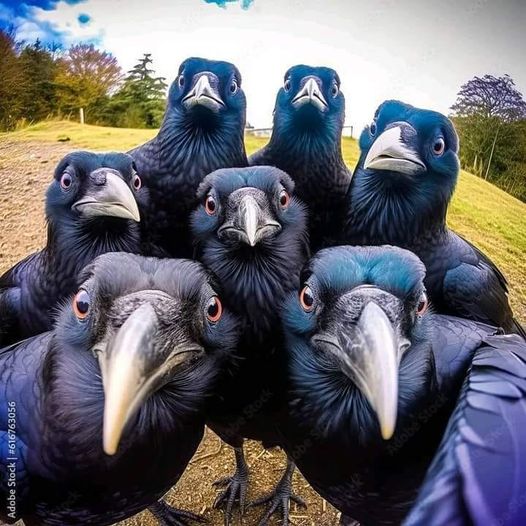love how technology has allowed artists to bring to life their creations through photography, video demonstrations and interactive media. But not all of us, me included, have the wherewithal to accomplish these feats of wonder. However, there are a few things we can do to improve the presentation of what we are sharing with our community and the world through Internet access to just about everywhere.
I wanted to highlight 2 doll makers and their different approaches to presenting their work to us, the public. When you peruse their websites and look at their products on the different social media platforms you get an idea of how different artists approach presenting their art to the world and to their customers. Each takes a totally different approach to how they make are and how they “teach” their unique designs to others. Yet each can bring to light what I find most important in sharing with their customers—communicating the process of the How-To; How to make a doll that can look like what you wanted when you bought their pattern/booklet/kit. For dollmakers that prefer to make dolls from other artists’ patterns rather than come up with something themselves, these two artists are a nice place to start for ideas, inspiration and some good how-to’s.
One of my favorite go-to bloggers is Adelé Poe. Not only is her work lovely to look at, but she offers an incredible amount of free resources to help the budding doll artist make it in this world of elbow-to-elbow competition. If you want to learn something about photographing your art, she has links to classes that can help you. But you say, “I don’t even own a camera! Where do I start?” Adelé has suggestions and links to help you sort this out, or ask more informed questions about what you need for your particular project. She has delightful patterns and tutorials that are clearly illustrated and simple to follow.
An exquisite doll maker and excellent pattern designer, Arley Berryhill brings such inspiration and detail to his work that you don’t think you could possibly recreate one of his pieces from a pattern and instructions. Not so! His patterns are clear, in-depth publications that are worth having and referencing for the costuming alone. Beautiful photography accompanies each doll pattern; however, the bulk of each pattern and instruction is done with clearly presented illustrations that make each step understandable without cluttering up the page.
My point here is to present two distinctly different approaches to doll making yet similar in the care each artist takes to address the needs of their respective audiences. The presentation can be fancy, high tech and full of hyperlinks, or simplicity itself with low tech, hands-on instructions and are clean and easy to follow. Neither artist assumes the customer knows the next step, and attempts to minimize any second-guessing on the part of the customer/doll maker by what the artist meant or intended with the instructions and/or illustrations.
Of course, it is impossible to cover everything a doll maker might have a question about, but these two artists are examples of successfully presenting beautiful work while answering the questions and concerns of their customer base.


